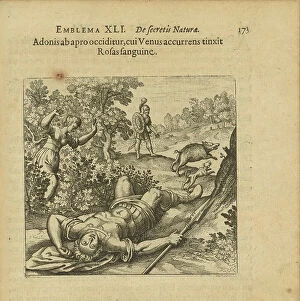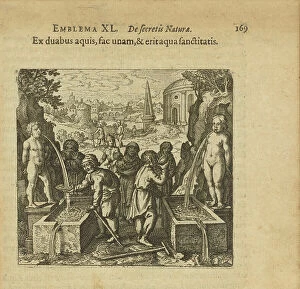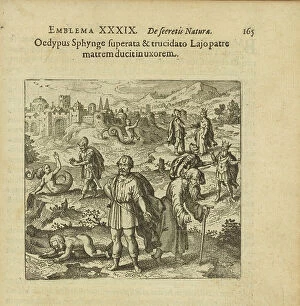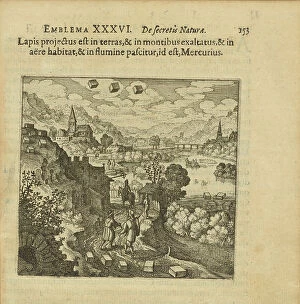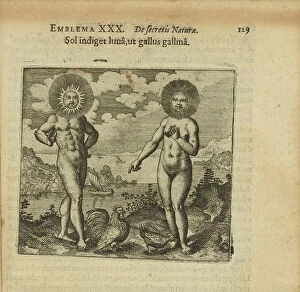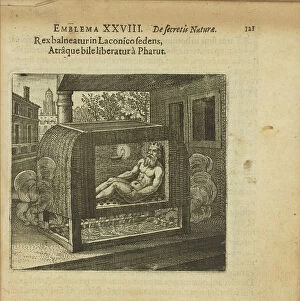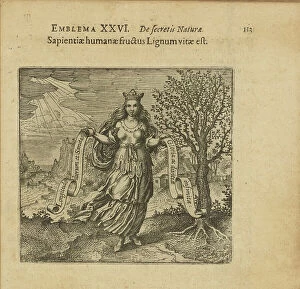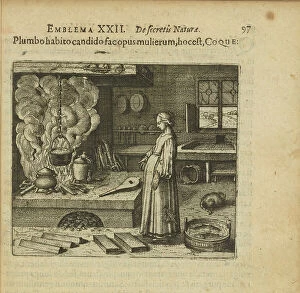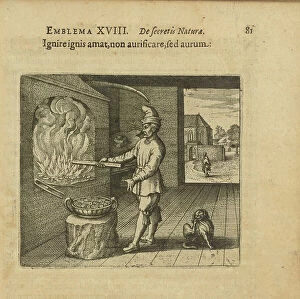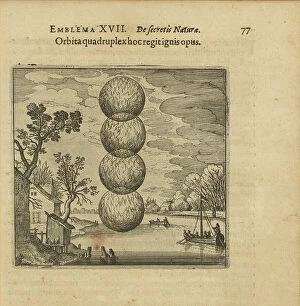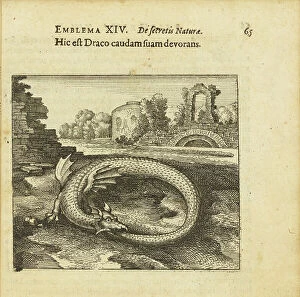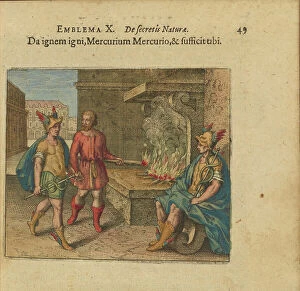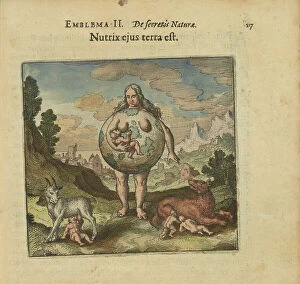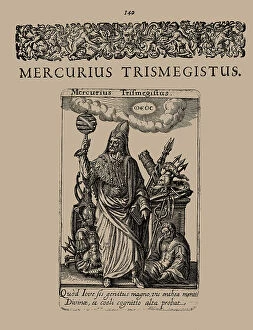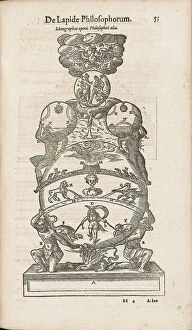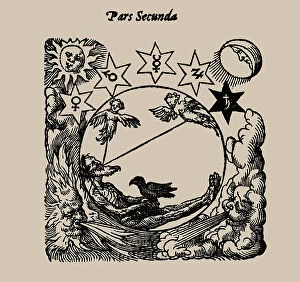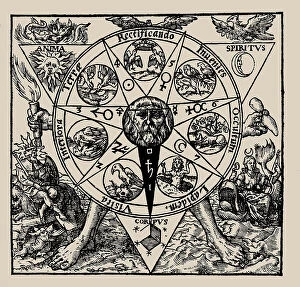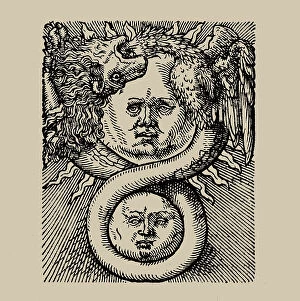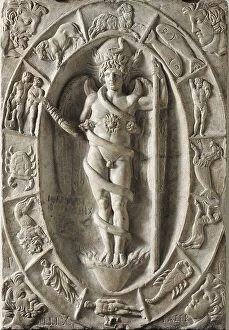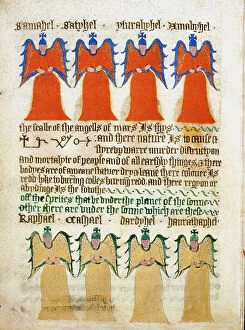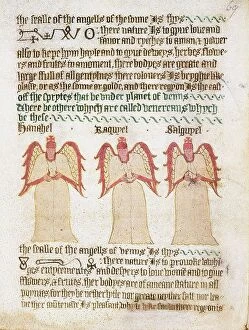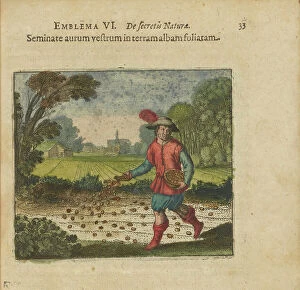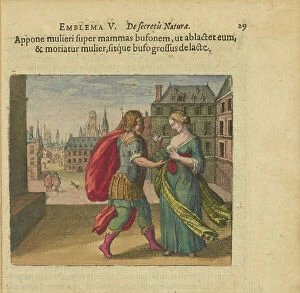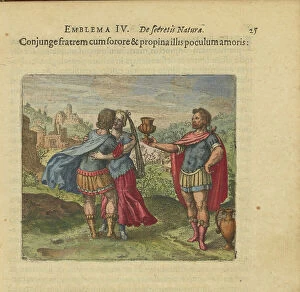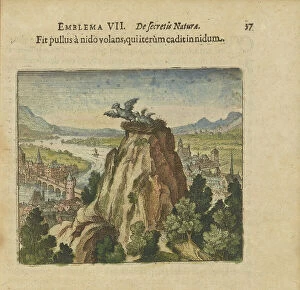Handwriting Collection (#7)
"Unveiling the Beauty of Handwriting: A Journey Through Time and Words" Handwriting, a timeless art form that transcends centuries
For sale as Licensed Images
Choose your image, Select your licence and Download the media
"Unveiling the Beauty of Handwriting: A Journey Through Time and Words" Handwriting, a timeless art form that transcends centuries, holds within it the power to capture history, emotions, and personal expressions. From the intricate strokes of the Brudenell Magna Carta to the sacred words of The Hippocratic Oath penned in a cross-shaped Byzantine manuscript from the 12th century, it has been an instrument for preserving knowledge and values. Inscribed on paper with ink, Abigail Adams' heartfelt letter to John Adams in 1776 echoes through time as a testament to love and resilience. The Lindisfarne Gospels unveil their divine beauty in delicate calligraphy, showcasing Saint Matthew's portrait with meticulous detail dating back to 700 AD. Olimpio Fusco's work by John Singer Sargent captures not only his talent but also his unique personality through every brushstroke. Similarly, John Hampden's letter after the Battle of Edgehill reveals bravery etched onto paper – a glimpse into history itself. As we turn each page of Chaucer's Canterbury Tales or marvel at Bach's Cantata No. , we witness how handwriting breathes life into literature and music. Even Sigmund Freud's signed photograph from c. 1921 carries his essence beyond words. Amidst these treasures lies an empowering message: "Be yourself" and "Trust your journey. " These golden foil messages remind us that our own handwriting is more than just pen on paper; it is an extension of ourselves—a unique mark that tells our story. So let us celebrate this ancient craft that connects generations across time—handwriting—the silent narrator whispering tales from long ago while inspiring new chapters yet unwritten.

